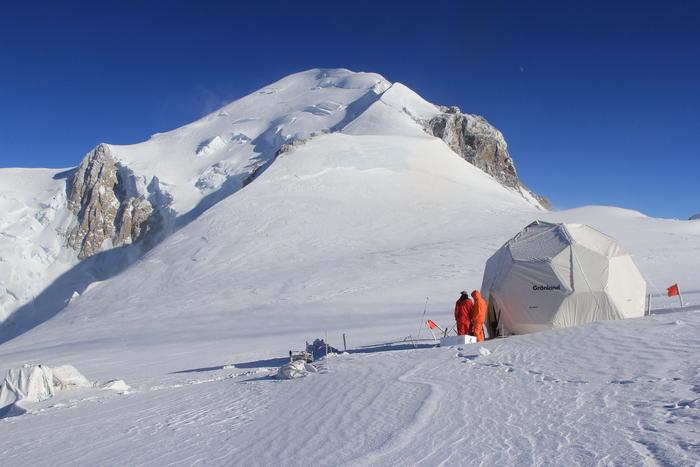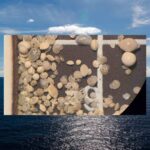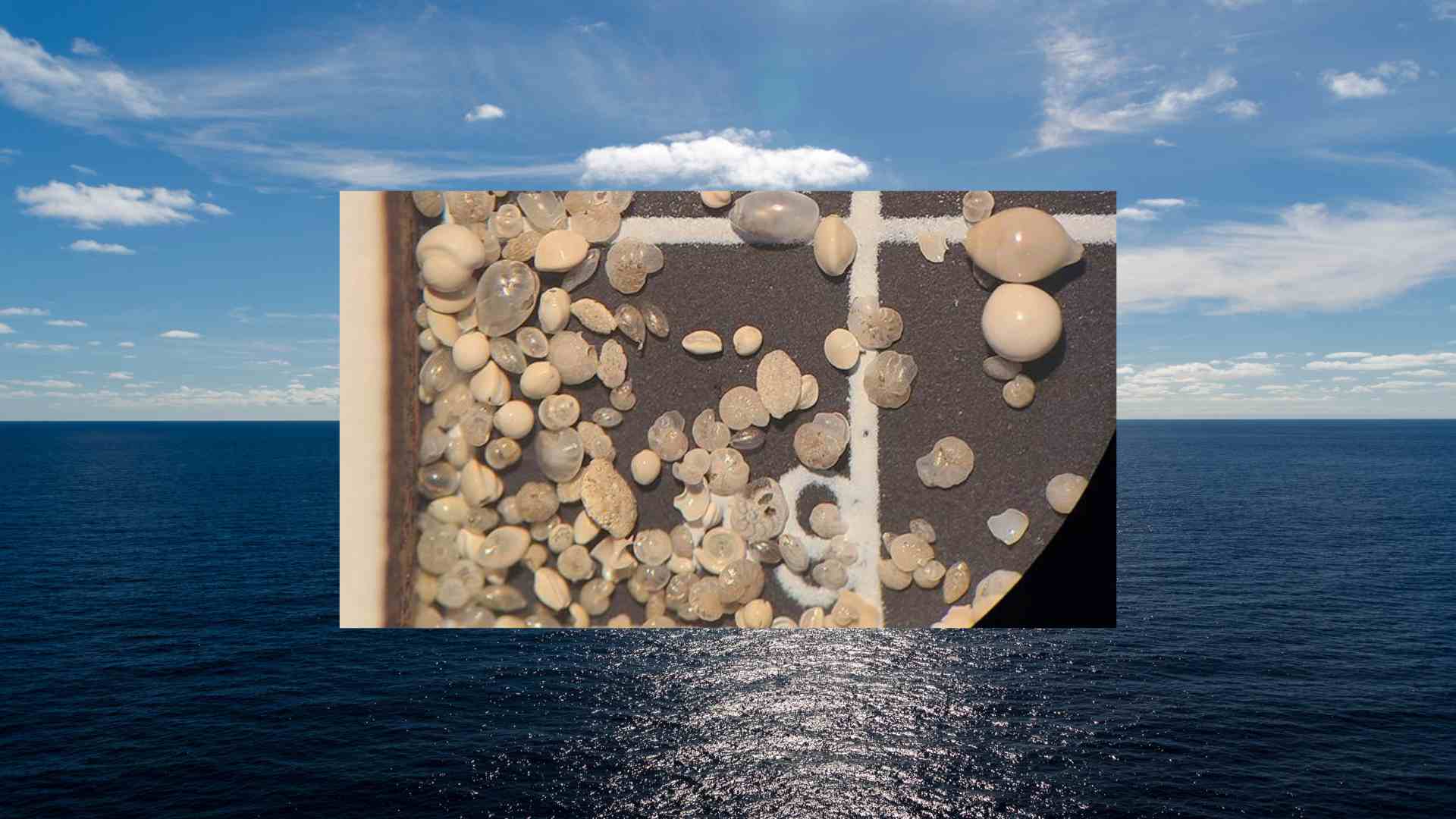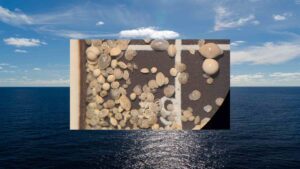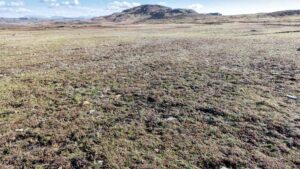
Ice Core Reveals Climate Secrets of Europe’s Past
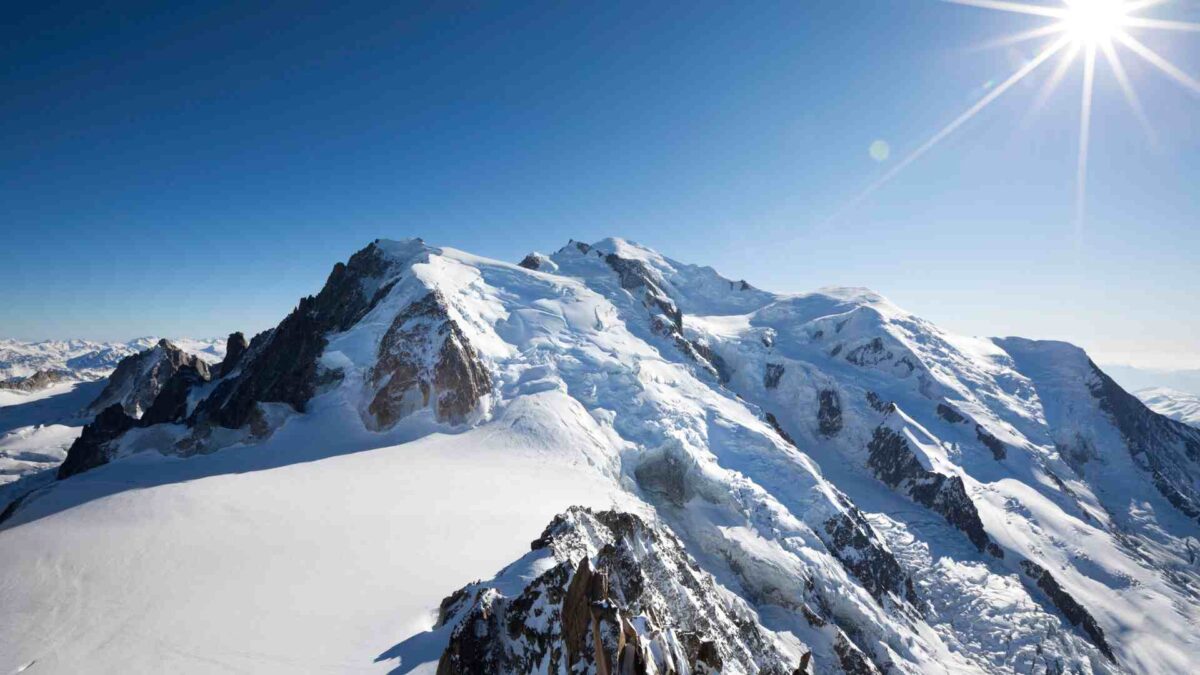
A groundbreaking study of glacier ice from Mont Blanc in the French Alps has uncovered an invaluable climate record dating back at least 12,000 years — the oldest known glacier ice in Western Europe.
The discovery offers fresh insights into the region’s climate history, spanning from the last Ice Age through the rise of agriculture and into the industrial era.
Researchers from the Nevada-based Desert Research Institute’s Ice Core Lab (DRI) analysed a 40-metre ice core extracted in 1999 from the Dôme du Goûter on Mont Blanc. Using advanced radiocarbon dating, the team found the ice contains preserved layers of atmospheric aerosols — tiny particles like desert dust, sea salts, volcanic sulfur, soot, and human-made pollutants. These layers provide an exceptionally detailed record of environmental and climate changes through thousands of years.
“This glacier ice is a unique window into Europe’s climatic past,” said Joe McConnell, director of DRI’s Ice Core Lab. “It captures the transition from the Ice Age into the warmer Holocene period and reflects how natural forces and human activity have shaped the atmosphere over millennia.”
Key findings reveal that temperatures in Western Europe during the last Ice Age were roughly 2–3.5°C cooler than today, with the Alps experiencing the most significant chill. The ice also tracks changes in vegetation through phosphorus levels, showing forest expansion during warmer periods and decline as farming and industrial land clearing increased.
The study highlights dramatically higher dust levels during the Ice Age — about eight times more than in the current climate — likely due to increased Saharan dust reaching Europe, confirming past periods of drier Mediterranean conditions. Shifts in sea salt aerosols suggest stronger westerly winds offshore during colder times, influencing regional climate patterns.
Unlike Arctic ice cores, the Mont Blanc glacier offers a localised European climate record that directly reflects changes near the continent’s heartland — where much of Western civilisation developed. The intact ice layers survived even through recent warming, thanks to Mont Blanc’s high altitude and strong winds, preserving a rare continuous archive.
Scientists see this ice core as a vital resource to improve climate models by providing detailed data on natural and human-driven atmospheric changes over thousands of years. Further analysis will also shed light on historical pollution linked to human activities such as mining and agriculture.
The full study was published in PNAS Nexus.
